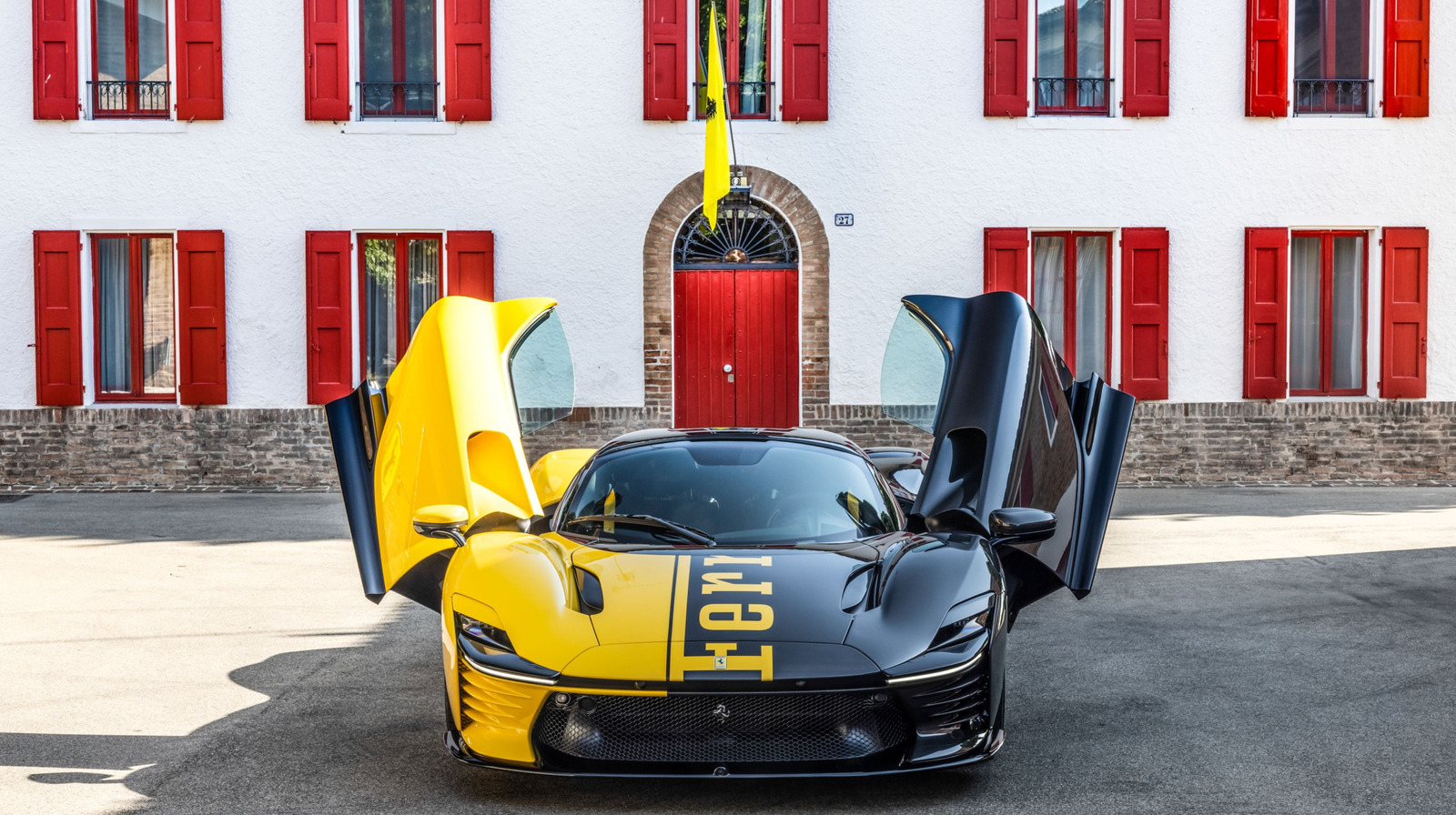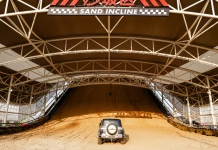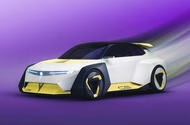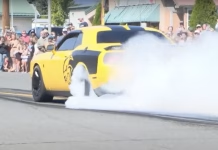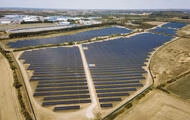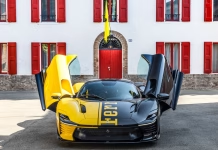Inside China’s Ultimate Driving Playground: BYD’s All-Terrain Adventure Center Unveiled
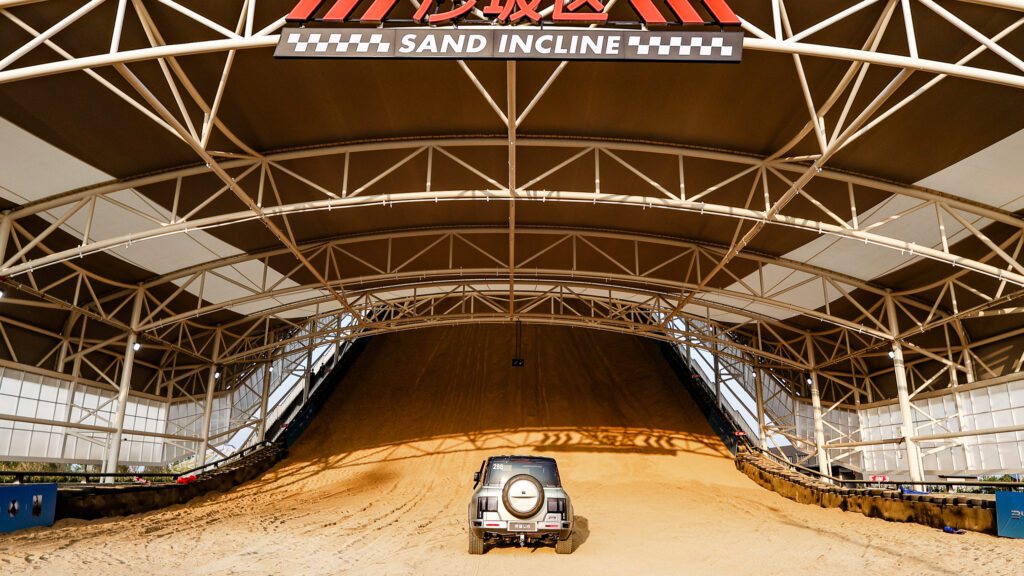
New Tariff Expansion Adds Confusion to Motorcycle and Auto Industry

Vauxhall Unveils 789bhp Electric Corsa Concept Redefining Affordable Performance Cars
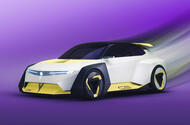 The 789bhp Corsa GSE Vision Gran Turismo “shows where Vauxhall wants to take” its performance sub-brand
The 789bhp Corsa GSE Vision Gran Turismo “shows where Vauxhall wants to take” its performance sub-brand
The next-generation Vauxhall Corsa has been previewed by the Corsa GSE Vision Gran Turismo, a 789bhp, 1170kg electric concept car built to show the future capability of the GSE performance brand.
While billed as a technical exercise for the PlayStation’s Gran Turismo racing game, it features “real-world” elements that will inform the design of the Mk7 Corsa, due next year, Vauxhall design boss Mark Adams told Autocar.
The concept, which nods to past Vauxhall/Opel motorsport models such as the Manta 400 rally car, also highlights its plans for hot GSE models. Adams called it Vauxhall’s “Type R moment”.
He said the aim is to make “truly attainable poster cars” with “proper performance” that will “make people look at the brand differently” while also appealing to a younger audience.
First look at next Corsa

The concept sits on Vauxhall parent company Stellantis’s forthcoming STLA Small platform, which could be first used by the seventh-generation Corsa.
Basing the concept on this future platform and giving it the Corsa name were “very deliberate” moves, said Adams.
He explained: “When you do a concept, so many of them are one metre high, five metres long. It’s a great fantasy, but is it meaningful for people? As soon as you badge it ‘Corsa’, you make something that all of a sudden becomes something you can see [that is] more real, while having a much more compact footprint.”
Compared with the current, CMP-based Mk6 Corsa, the concept is 130mm longer and 105mm wider, suggesting the model won’t grow too much in size.
Notably, the concept draws power from the same 82kWh battery as the larger Grandland, while the biggest battery available in the current Corsa is 52kWh.
Despite the radical exterior, elements with a production focus can be found. This includes the “more technical” interpretation of Vauxhall’s ‘Compass’ signature, which informs the concept’s front and rear lighting designs.
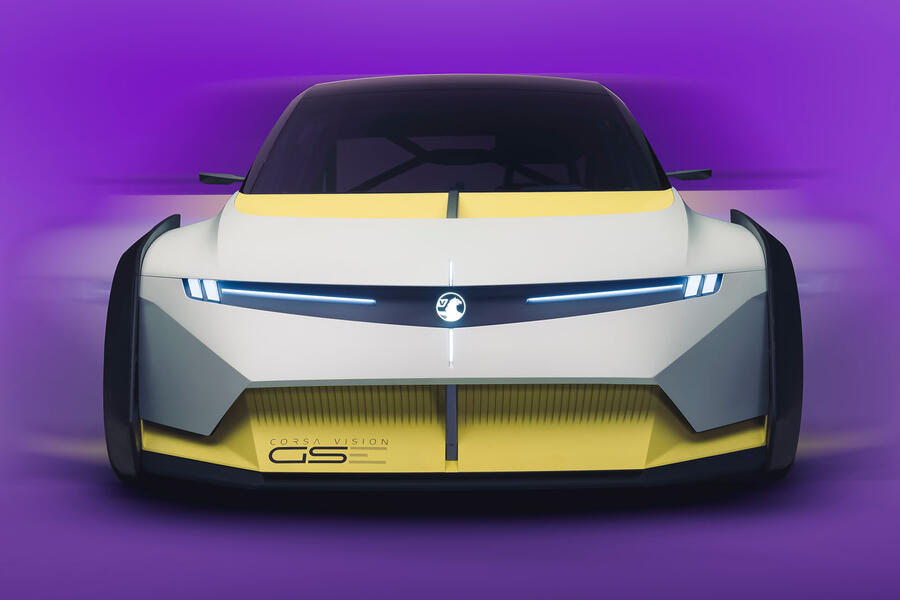
The brand’s ‘Vizor’ fascia has also been redesigned. While current models feature a gloss black panel, on the concept it’s transparent with daytime-running lights behind. The griffin motif now also lights up.
Adams said this is an element that Vauxhall is exploring for production: “We’ve got a clear philosophy, but you want to find fresh new ways to refresh it, revive it, but that is still anchored in good core DNA. So we’re not throwing everything away every time we want to refresh it. And that’s just an example where we’re exploring.”
While the interior is a stripped-out affair, it still houses potential production elements, said Adams.
The bucket seats, for example, are split in two, with the backrest hung from the roll-cage and the seat attached to the floor. This makes “one of the heaviest parts of the car much lighter” than in today’s EVs – “a fundamental rethink”.
In an effort to reduce the driver’s mental load, the concept doesn’t contain any screens. Only a handful of physical buttons are present for key functions.
Future of GSE
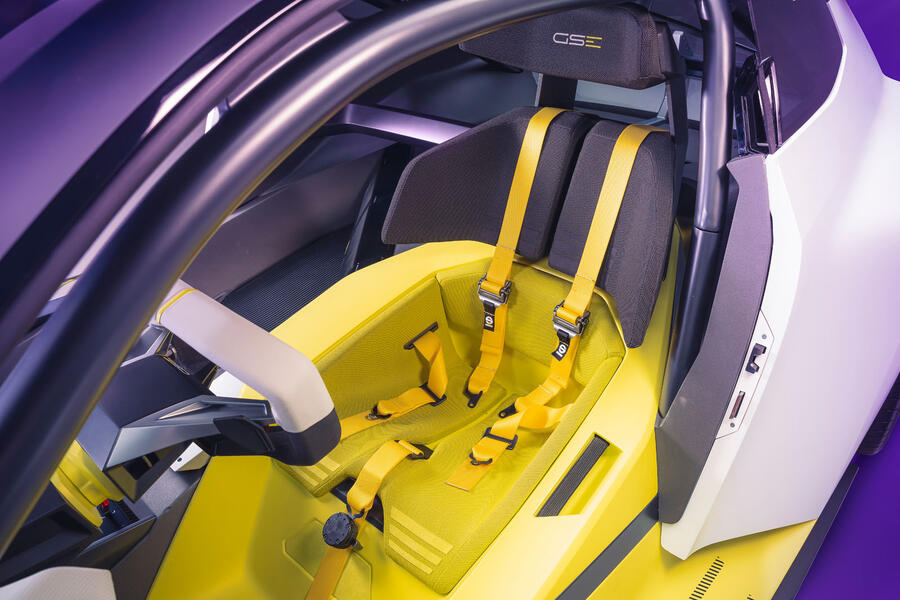
In July, Vauxhall relaunched the GSE sub-brand as a badge for performance-honed EVs with the 276bhp Mokka GSE.
This Corsa concept, however, moves the dial even further and shows where Vauxhall wants to take GSE, said Adams.
It gets 789bhp and 590lb ft of torque from a dual-motor powertrain, weighs just 1170kg and is claimed to hit 62mph in 2.0sec – faster than a Bugatti Chiron. Top speed is capped at 199mph.
These figures are hypothetical, however, given that the car can be driven only in the Gran Turismo video game.
However, Adams argued that the figures are “realistic” and could “in theory” make it to a production model, saying: “If you were going to get a max but be on the realistic end of max, then they are believable figures.”
As well as performance, Vauxhall also pushed the concept’s design “to the max”, said Adams, adding that it hasn’t “just been made to look cool”.
The active spoiler notably epitomises this: it can extend far beyond the rear of the car to reduce drag and increase stability at high speed and also pivot upwards to act as an airbrake while cornering.
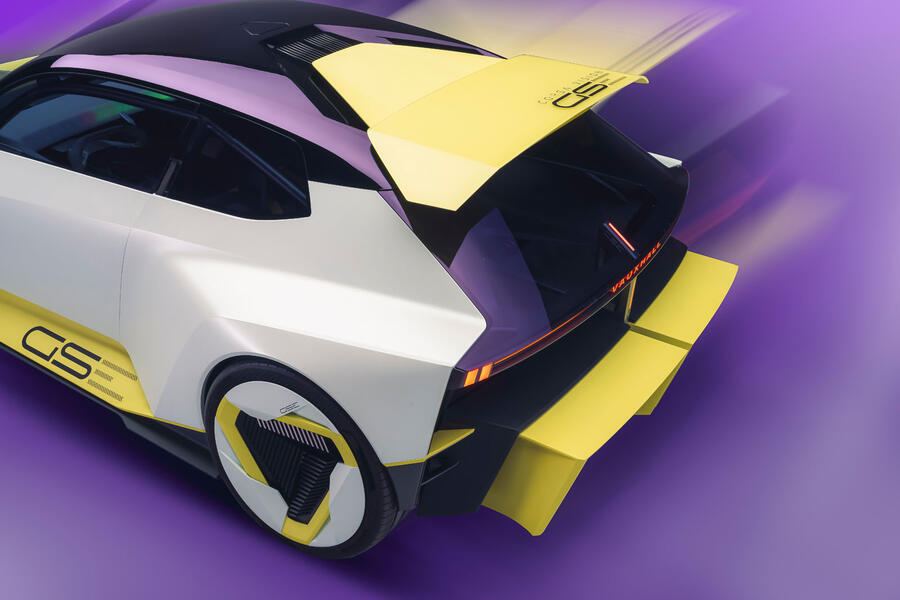
The concept also features wide tracks, a ‘floating’ front end, an active diffuser and a raft of cooling vents. Plus it utilises a kinetic energy recovery system (KERS) for overtaking and features a squared steering wheel.
Adams wants to take elements of the concept’s radical design into production – and claimed that having a design concept like the Corsa GSE Vision Gran Turismo potentially allows that.
“I’d love to be able to do some of this really expressive stuff again,” he said. “There are always wonderful things called constraints that you have to be within. But at the same time, when you have a clear vision, you have a much clearer sight of what you can and can’t do much earlier, rather than waiting too late in the process.”
The overall goal for GSE is to emulate what Honda has done with Type R – creating a performance badge that is known in isolation.
“That’s what we would love to take it to,” said Adams. “The concept shows the over-the-horizon vision and what we always wanted GSE to be, and now it can finally be there. This concept is a signal of intent.”
Subaru and Lexus Lead as Car Owners Grow Less Satisfied with Tech and EVs
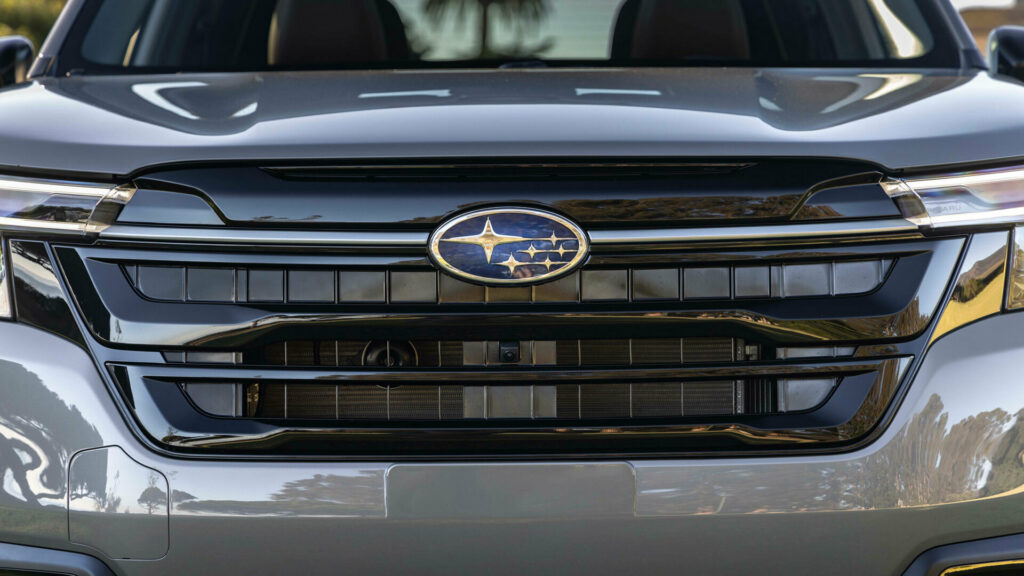
Small Town Thrills at Kittitas Car Show with Legal Main Street Burnouts
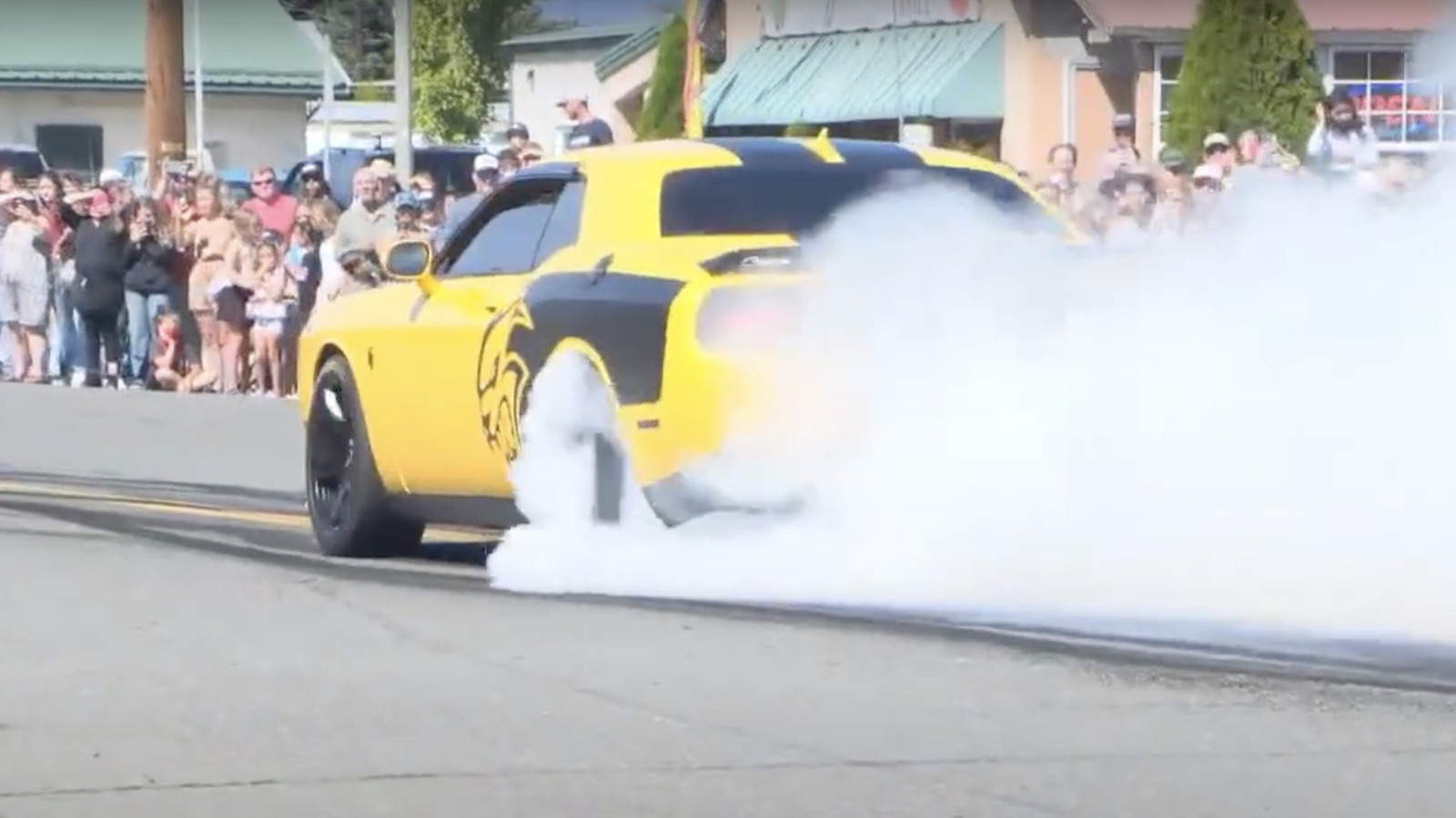
Massive Solar Farm Powers a Greener Future at Leading UK Car Manufacturer Headquarters
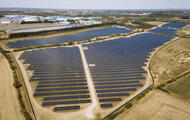 The energy farm is the size of 36 football pitches and is part of a push to reduce grid reliance
The energy farm is the size of 36 football pitches and is part of a push to reduce grid reliance
Jaguar Land Rover (JLR) has opened a solar farm the size of 36 football pitches at its Gaydon headquarters as part of efforts to increase its energy independence.
The 26-hectare, 18MW site can generate enough electricity to power a third of the British firm’s base. The site is home to JLR’s design, engineering and R&D teams.
It is part of a move from JLR to source at least 30% of its global energy use from on-site renewables, while also reducing its reliance on grid energy – and therefore fluctuating energy costs – and improving its environmental impact.
A similar project is being completed at its Wolverhampton Electric Propulsion Manufacturing Centre. There, one of the UK’s largest rooftop arrays, featuring more than 18,000 panels, will open in the coming months.
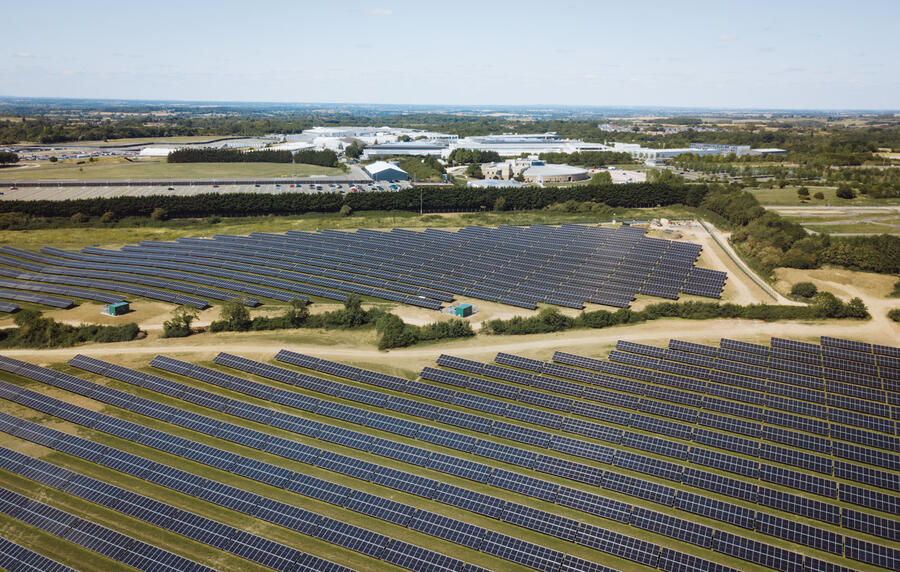
This will be able to generate around 9500 MWh of energy each year, meeting 40% of the site’s needs.
Next year, the marque will install 10MW of solar car ports at its Merseyside site. These include canopies and solar walkways – structures like these are quite common in hotter countries, such as Spain. They will mostly provide energy for EV charging.
JLR’s chief sustainability officer Andrea Debbane said the steps were “important”. She added: “They directly reduce our global operational emissions and help move us closer to our net zero goal, whilst delivering tangible value today and for the long-term.”
Jeep Recalls Nearly 80,000 Wranglers Over Tire Pressure Warning Fault

How 3D Printing Revolutionized Supercar Intercoolers with Lightweight Power and Precision
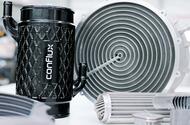 3D-printed intercoolers will feature on the Dutch car maker's forthcoming P24 RS supercar
3D-printed intercoolers will feature on the Dutch car maker's forthcoming P24 RS supercar
3D-printing technology – or, to use its proper name, additive manufacturing (AM) – has progressed fast over the past five years.
Dutch car company Donkervoort is one of the latest to take advantage of its unique benefits, by 3D-printing intercoolers for its forthcoming P24 RS supercar. These were developed by Australia’s Conflux, and the technique goes one step further than merely being a convenient way to manufacture things. By using AM, the weight of the aluminium-alloy liquid-to-air intercoolers has been slashed from 16kg to 1.4kg.
Conflux describes the technique as Formula 1 technology (its founder has a background in the sport), and it has other benefits too: this intercooler has superior thermal performance and packaging benefits to conventional equivalents.
It should be tougher too, because it’s a single, one-piece structure with no joints or welds. Donkervoort issued a specification for the intercooler and Conflux actually improved on it, returning a design that was so effective that it could be downsized still further from the original prototype.
Rather than mounted at the front of the car, the compact intercoolers can be sited within the engine bay, reducing the length of the inlet tract by two-thirds. The result is quicker throttle response, better efficiency and optimised weight distribution, all of which directly benefit the driver.
Coolant flowing through the intercooler is dedicated to the job and cooled by an external radiator not shared with any other drivetrain cooling system. AM is a process whereby, controlled by a 3D computer model, objects are formed by firing lasers into a bed of powdered material, fusing it together.
Conflux makes the new intercoolers from AlSi10Mg, a high-grade aluminium alloy that it claims is one of the most common and well accepted aluminium alloys in the industry. Conflux also uses it for components in aviation, motorsport and industrial applications.
Intercoolers are needed because when air is compressed (by a turbocharger in this case), it heats up and becomes less dense. For maximum performance and trouble-free combustion, an engine needs cool induction air. An intercooler cools down the compressed and heated air before it enters the engine by conducting heat through finned walls into a coolant.
Thanks to the AM process, these fins in the new Conflux intercooler are extremely thin: at 160 microns, just two or three times thicker than a human hair. And the thinner the fins can be, the more effective they will be at conducting away the unwanted heat.
More than that, Conflux uses the advantages of AM to produce sophisticated surface contours, or ‘geometries’, that take into account the changing thermal properties of the fluids as they pass through the intercooler. That adds up to more efficient heat transfer and, put simply, an intercooler that does a better job.
Last Chance for a $7,500 Incentive on the Lucid Gravity Electric SUV Before Federal...
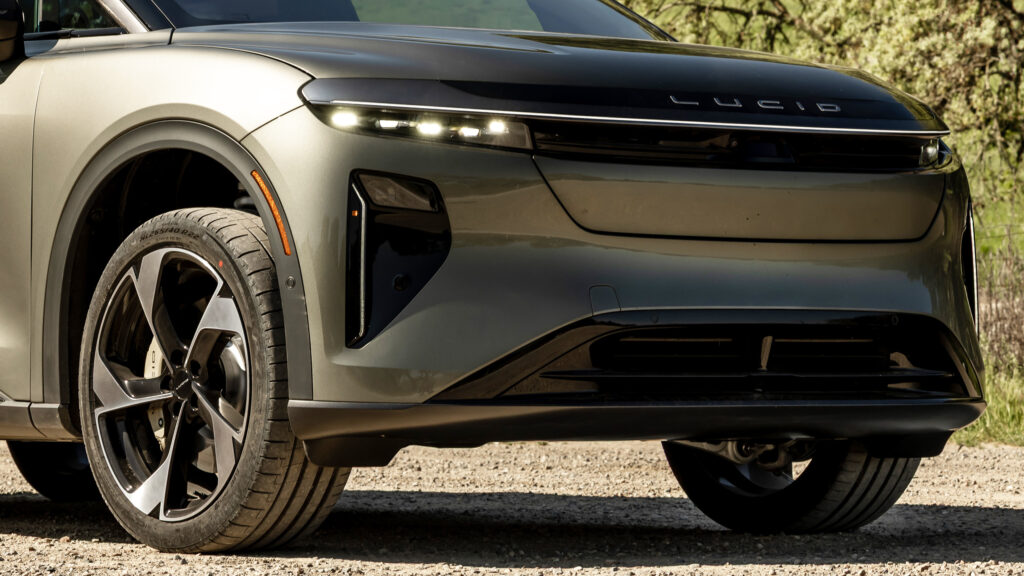
One-of-a-Kind Ferrari Daytona SP3 Sets Record with $6.2 Million Auction Sale
